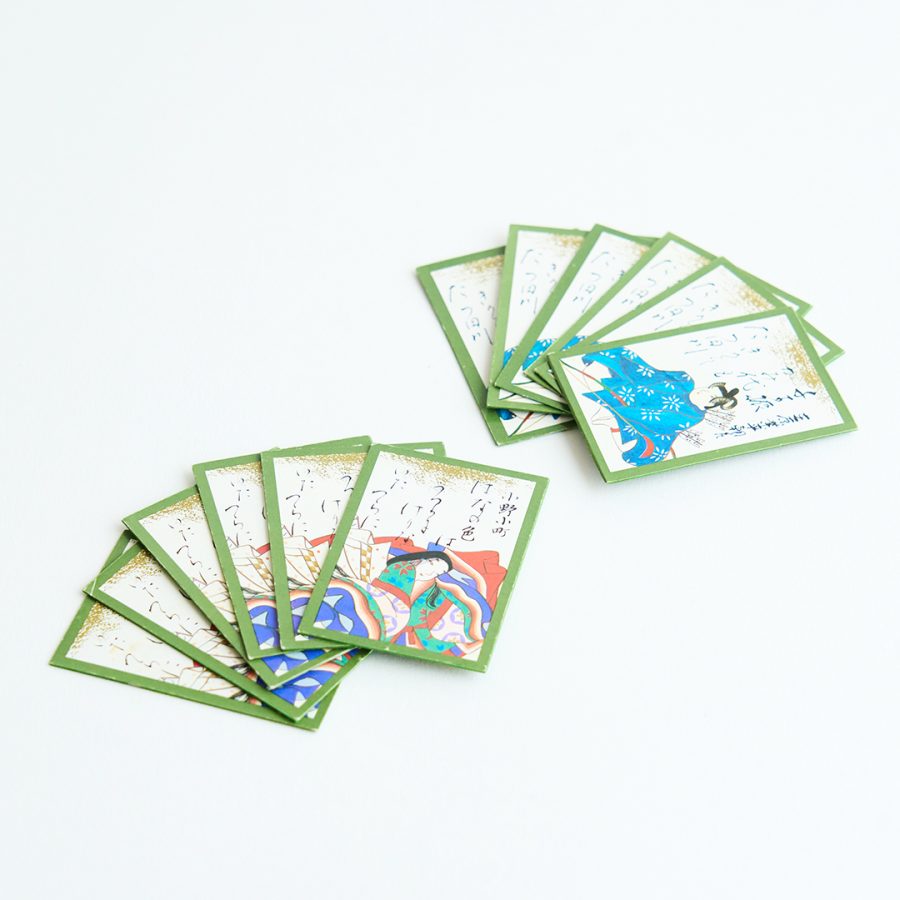2023.04.12
(Karuta) spotlighting in domestic and overseas places.
Karuta, traditional Japanese game, has gained popularity both in Japan and overseas in recent years due to popularity of competitive karuta-themed comics. In this time, we will focus on karuta, which has developed independently in Japan and is now spreading all over the world.

Fusion of Japanese and Portuguese culture
Karuta is said to have been introduced to Japan around the 16th century by Portuguese trading ships. “Karuta” means “card” or “letter” in Portuguese. This “Nanban Karuta” was like playing cards with illustrations such as dragons and swords.
Originally, in Japan, game called “shell cover” was played among tnobility from the Heian period. This is a pair of shells, in which pictures and waka poems are written separately on the inside of each shell, and they are put together like a playing card’s nervous breakdown. It is believed that this game and Nanban karuta fused together to create the first karuta in Japan, Tensho Karuta, which formed current form of karuta.
As Tensho Karuta became widely popular, it also came to be used for gambling, and in the 18th century, game was banned by the Edo Shogunate. Most of them were burned or discarded, so there is only one existing Tensho karuta, which is stored in Tekisui Museum in Ashiya City.
Types of Karuta
After Nanban karuta was introduced, karuta developed independently in Japan. Here are some representative examples.
Boom in overseas countries due to influence of Manga
Karuta is traditional Japanese game, but in recent years, due to influence of the manga “Chihayafuru”, competitive karuta has become popular among the younger generation.Also, since game is popular overseas, karuta has become boom even among people who do not understand Japanese, such as in United States, China, and Europe. Omi Jingu Shrine in Otsu City, Shiga Prefecture, which has become sacred place for manga, has become one of the triggers for interest in Japanese culture, such as the world tournament being held.